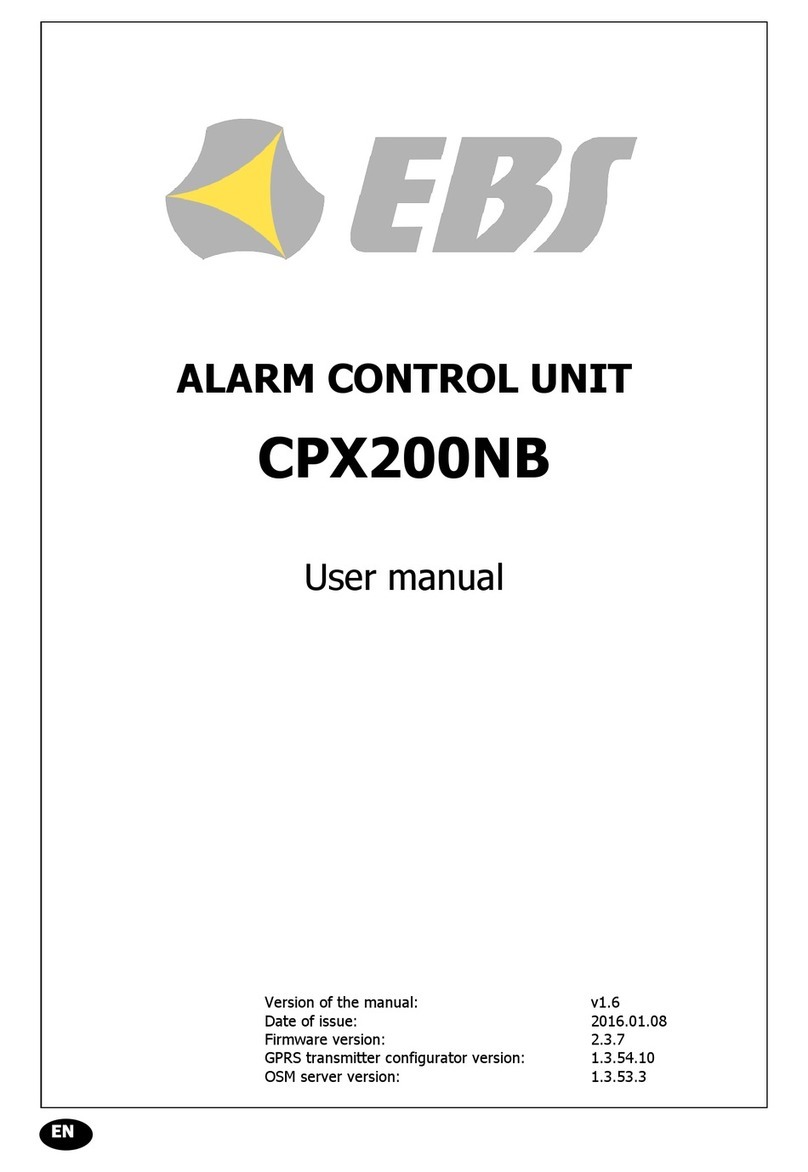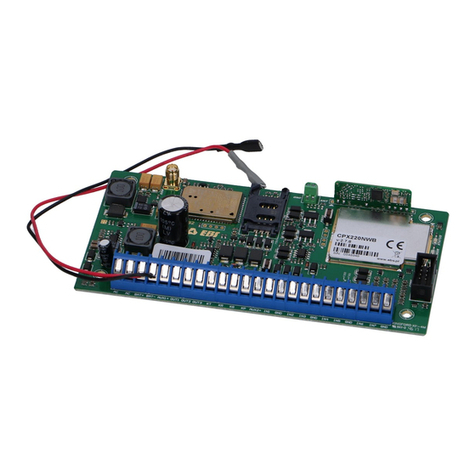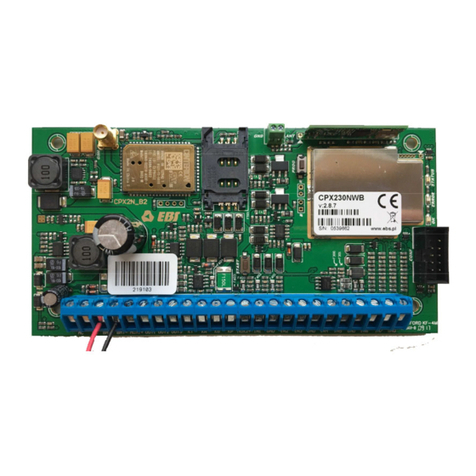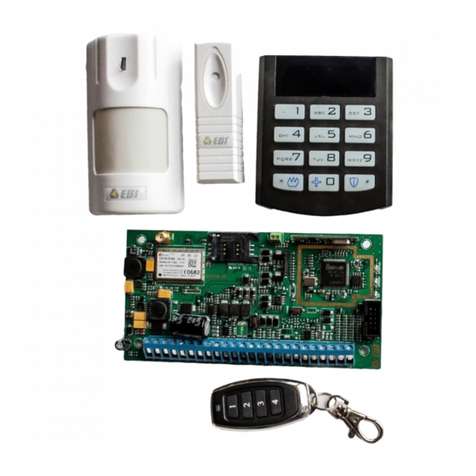
CPX200N ALARM CONTROL UNIT –INSTALLER MANUAL 4 / 106
6.10. PARTITION CONFIGURATION.......................................................................................................... 32
6.11. TEXT MESSAGES CONFIGURATION.................................................................................................. 34
7. CONFIGURATION WIZARD ........................................................................................................... 43
7.1. PRELIMINARY NOTES ..................................................................................................................... 43
7.2. COMPUTER –REQUIREMENTS ........................................................................................................ 43
7.3. PROGRAM FUNCTIONS ................................................................................................................... 43
7.3.1. MENU-> FILE ......................................................................................................................... 44
7.3.2. MENU-> OPERATIONS ............................................................................................................ 48
7.3.3. MENU -> HELP ....................................................................................................................... 49
7.4. DEVICE PROGRAMMING.................................................................................................................. 50
7.4.1. LOCAL PROGRAMMING ........................................................................................................... 50
7.4.2. REMOTE PROGRAMMING ........................................................................................................ 50
8. PROGRAMMABLE PARAMETERS.................................................................................................... 52
8.1. ACCESS.......................................................................................................................................... 52
8.1.1. PARAMETERS ......................................................................................................................... 52
8.1.2. ACCESS POINT NAME ............................................................................................................. 53
8.1.3. PRIMARY SERVER PARAMETERS.............................................................................................. 54
8.1.4. SECONDARY SERVER PARAMETERS......................................................................................... 55
8.1.5. ACCESS.................................................................................................................................. 55
8.2. TRANSMISSION .............................................................................................................................. 57
8.3. INPUTS/OUTPUTS .......................................................................................................................... 58
8.3.1. ZONES ................................................................................................................................... 58
8.3.2. PARTITIONS........................................................................................................................... 61
8.3.3. OUTPUTS ............................................................................................................................... 63
8.4. SYSTEM OPTIONS .......................................................................................................................... 64
8.4.1. SHOW FAILURES HISTORY WITH SYSTEM DIODE .................................................................... 64
8.4.2. IGNORE ATS FAILURE............................................................................................................. 64
8.4.3. TURN AUTOMATIC OVERRIDE FOR FAILURE OFF ..................................................................... 64
8.5. USERS ........................................................................................................................................... 65
8.6. MONITORING................................................................................................................................. 66
8.6.1. EVENTS.................................................................................................................................. 66
8.6.2. ADDITIONAL DATA ................................................................................................................. 67
8.7. RESTRICTIONS............................................................................................................................... 68
8.7.1. SMS AND DATA CALLS (CSD) .................................................................................................. 68
8.7.2. REMOTE COMMANDS.............................................................................................................. 71
8.8. SMS NOTICES ................................................................................................................................ 72
8.8.1. PHONES ................................................................................................................................. 72
8.8.2. MESSAGES ............................................................................................................................. 73
8.8.3. EVENTS.................................................................................................................................. 74
8.8.4. OPTIONS ............................................................................................................................... 75
8.8.5. SMS FORWARD ...................................................................................................................... 76
8.9. LINK CONTROL............................................................................................................................... 77
8.9.1. GSM....................................................................................................................................... 77
8.9.2. GPRS ..................................................................................................................................... 78
8.10. FIRMWARE..................................................................................................................................... 78
8.11. DEVICE MONITORING..................................................................................................................... 79
8.12. EVENTS HISTORY ........................................................................................................................... 80
9. LED INDICATION .......................................................................................................................... 82































